What’s the key to a great TV show? It’s not story, score, or setting, though all of those are important. It’s the characters that truly make a show worth watching!
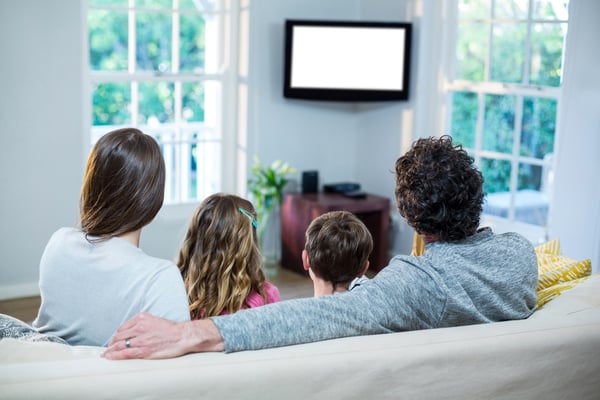
The more interesting and engaging characters are, the more fun it is to see them, especially when they interact with each other. The best writers put together a group of characters with contrasting personalities, who bring out the best, worst, and most interesting qualities in one another.
If you're wondering what makes great characters great, there's no better way to start than by remembering the DISC styles. As descriptions of four common personality types, the DISC styles show us what different kinds of people bring to the table and how they influence each other. By considering what the DISC styles are and how they interact, you'll better understand what makes your favorite TV shows great and what kinds of new shows you’re likely to enjoy in the future.
The DISC Styles in Summary
Before we talk about what they mean for TV, let’s quickly review what the DISC styles are. These are four common personality profiles that give you an idea of how different people will work and interact with one another. 
 The I Style- If D styles strive to dominate others, I styles seek influence, which is what the “I” stands for. These individuals enjoying meeting and socializing with people as often as possible. They like to be the center of attention, and tend to behave in a friendly, enthusiastic, and cooperative way when they have this attention.
The I Style- If D styles strive to dominate others, I styles seek influence, which is what the “I” stands for. These individuals enjoying meeting and socializing with people as often as possible. They like to be the center of attention, and tend to behave in a friendly, enthusiastic, and cooperative way when they have this attention.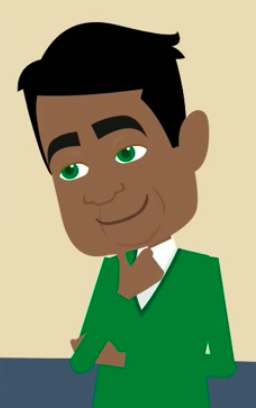 The S Style - “S” stands for “steadiness,” so S styles tend to remain calm and stable under a wide range of situations. This makes them good bedrocks for others, though it also means they have trouble in situations where things are changing rapidly. Like I styles, S styles like to socialize, but they prefer doing this with people they know well.
The S Style - “S” stands for “steadiness,” so S styles tend to remain calm and stable under a wide range of situations. This makes them good bedrocks for others, though it also means they have trouble in situations where things are changing rapidly. Like I styles, S styles like to socialize, but they prefer doing this with people they know well. The C Style - You know those people who are always trying to learn more and can't stand to get something wrong? Then you’ve met a C style! This type of person focuses on facts and details, and often tries to document every claim they make. They tend to be more reserved and to prefer working alone, but will follow rules unless they have a strong reason for breaking them.
The C Style - You know those people who are always trying to learn more and can't stand to get something wrong? Then you’ve met a C style! This type of person focuses on facts and details, and often tries to document every claim they make. They tend to be more reserved and to prefer working alone, but will follow rules unless they have a strong reason for breaking them.Whether you’re putting together a business, research team, charitable organization, or other group that relies on teamwork, you need all four of these personalities to succeed. The same is true for a cast of characters. Your favorite TV shows almost certainly rely on these four character types. Not only do they construct characters that reflect them, but they create drama and conflict by showing how characters from different styles interact with one another. Let’s take a look at how these styles show up in the best TV shows:
The Simpsons DISC Styles
Almost everyone in the Western world is familiar with the Simpsons, and have a good idea what Marge, Homer, Lisa, Maggie, and Bart bring to the table. And there’s probably no cast that better displays the four DISC styles, which you can clearly see through:
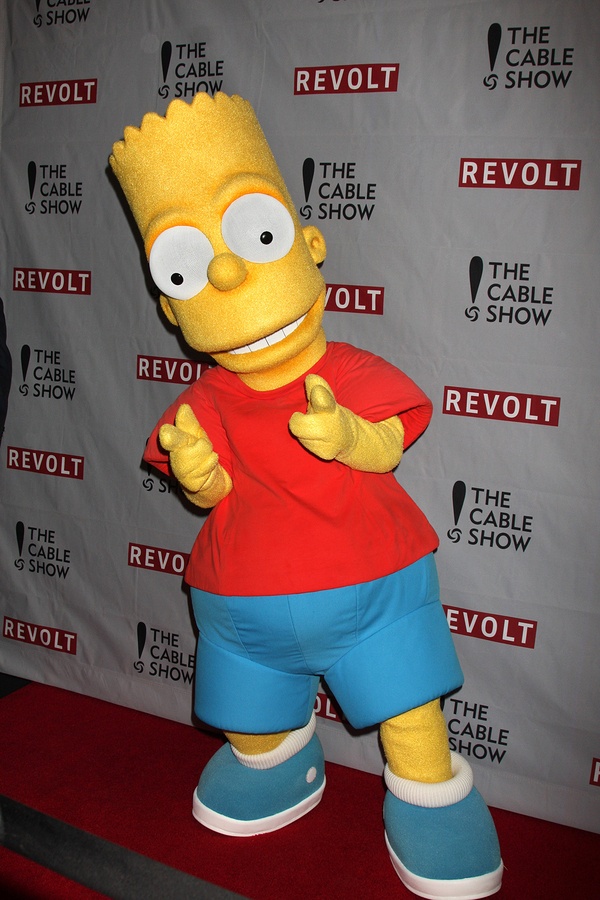 Bart and his baby sister Maggie each represent the D style, though in very different ways. Bart exerts control in the schoolyard and around town, where he uses pranks and ridicule to take down anyone who challenges him, even teachers and the principal! Maggie’s dominance is quieter but no less complete. Though she can’t talk, she uses looks and gestures, and occasionally outright violence, to show others they shouldn’t get in her way.
Bart and his baby sister Maggie each represent the D style, though in very different ways. Bart exerts control in the schoolyard and around town, where he uses pranks and ridicule to take down anyone who challenges him, even teachers and the principal! Maggie’s dominance is quieter but no less complete. Though she can’t talk, she uses looks and gestures, and occasionally outright violence, to show others they shouldn’t get in her way.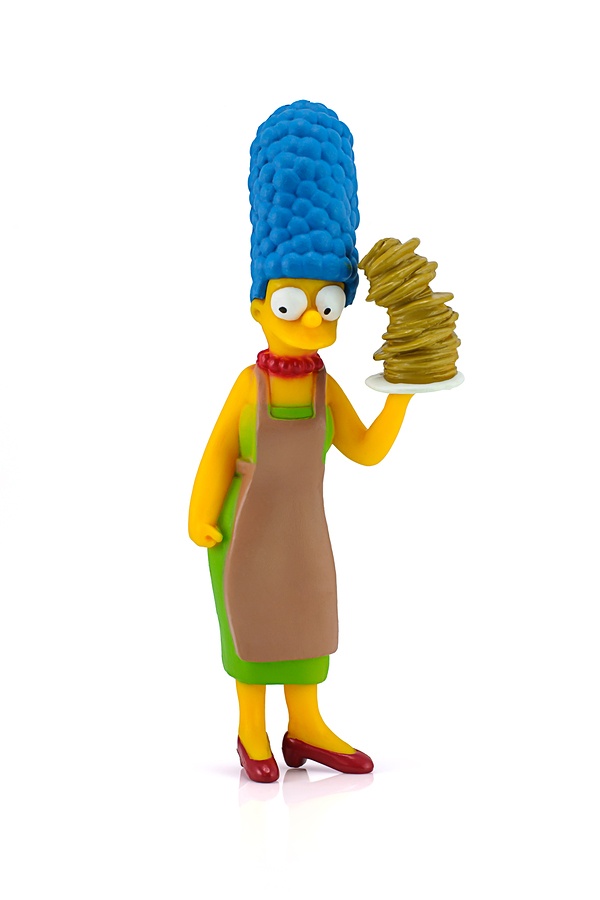 As the matriarch of the family, Marge relies on influence rather than outright dominance, making her a clear example of the I style. She has strong values that she works hard to instill in her children and husband, and is often successful in doing so, but she rarely exerts much direct control over her loved ones. She is also the most social of the Simpsons, organizing parties with their neighbors, keeping the family in touch with their relatives, and making sure they show up at all important community events.
As the matriarch of the family, Marge relies on influence rather than outright dominance, making her a clear example of the I style. She has strong values that she works hard to instill in her children and husband, and is often successful in doing so, but she rarely exerts much direct control over her loved ones. She is also the most social of the Simpsons, organizing parties with their neighbors, keeping the family in touch with their relatives, and making sure they show up at all important community events.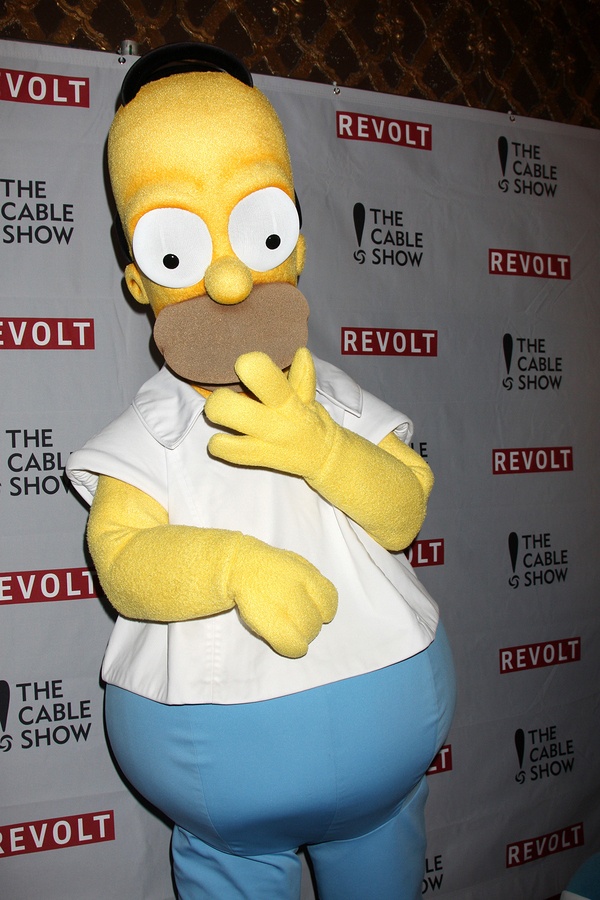 For better and for worse, Homer embodies the S style. His family can count on him to consistently eat too much, drink too much, and watch too much TV— but also to provide for them and protect them from anyone who would harm them.
For better and for worse, Homer embodies the S style. His family can count on him to consistently eat too much, drink too much, and watch too much TV— but also to provide for them and protect them from anyone who would harm them.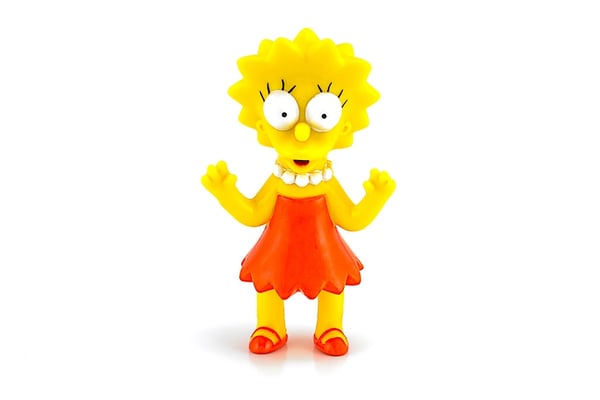 Lisa embodies the C style more than any other character. An intellectual, philosopher, and scientist, she looks for the right answer to every question, taking care to assemble the best evidence and the most sound logic before coming to a conclusion. This desire to be correct does lead her to be too hard on herself; Lisa is often extremely sad and distressed when she can’t answer a question or make a decision. But it also makes her the most knowledgeable character on the show.
Lisa embodies the C style more than any other character. An intellectual, philosopher, and scientist, she looks for the right answer to every question, taking care to assemble the best evidence and the most sound logic before coming to a conclusion. This desire to be correct does lead her to be too hard on herself; Lisa is often extremely sad and distressed when she can’t answer a question or make a decision. But it also makes her the most knowledgeable character on the show.The Simpson's conflict and coordination
Not only do all of the Simpsons represent DISC styles, but their conflicts are classic examples of clashes between different DISC personalities. Marge, for example, is frequently upset with Homer for failing to get in shape, control his drinking, or behave in a more sociable way. As an I style, Marge wants to influence Homer for the better, but as an S style, Homer doesn’t like to change. The two are bound to butt heads over this!
It isn’t just conflict where the DISC styles come through. You can also see these styles when the Simpsons work well together. Take Lisa and Bart: the two frequently have to put their differences aside and solve problems for their family, and it’s here that you see their personalities shine. As a C style, Lisa uses her insight and penchant for fact-finding to learn as much as possible about the problem. Bart then turns this information into a practical solution, getting the quick but lasting results that D styles love. The two work best as a team, as do C and D styles in real life.
Why the DISC Styles Make Great TV
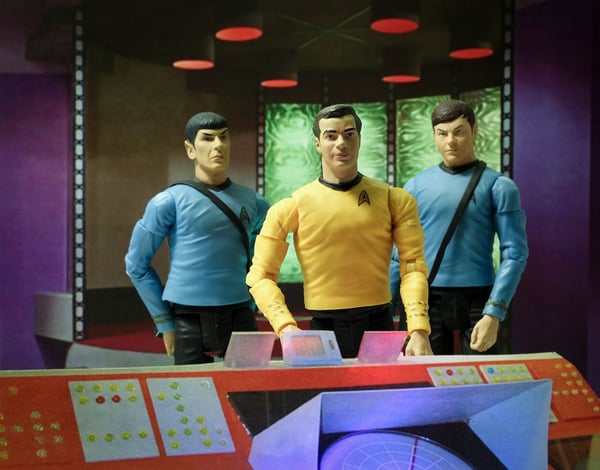 The Simpsons is just one show out of many where you can find these personality types. From classics like “Star Trek” and “Gilligan’s Island” to modern favorites like “The Good Place” and “Rick & Morty,” the best TV shows put these personalities on display. If you’re wondering why so many great shows end up with characters from each DISC style, it’s probably because of:
The Simpsons is just one show out of many where you can find these personality types. From classics like “Star Trek” and “Gilligan’s Island” to modern favorites like “The Good Place” and “Rick & Morty,” the best TV shows put these personalities on display. If you’re wondering why so many great shows end up with characters from each DISC style, it’s probably because of:
- Audience Familiarity- Audiences tend to react more strongly and positively to TV shows if they see their friends, their family members, and themselves in the characters. With this in mind, TV writers and actors strive to make their characters as similar to real people as possible. And since the DISC styles reflect real personalities, they end up being reflected in the shows' characters.
- Conflict & Cooperation- TV shows need to create conflict in order to keep the audience interested. But they also need to show characters working together so that they don’t just seem angry and competitive all the time. The best way to balance conflict and cooperation is by writing characters with personality traits that sometimes clash with each other but other times complement one another. As we saw with the Simpsons, there is huge potential for both conflict and cooperation among people with different DISC styles. It’s no surprise that these personalities come through in the characters that good TV writers create.
- Personal Experience- The best writers base characters off of themselves and people they know in life. Likewise, actors take their own personalities and those of others into account when deciding how to portray their characters. Since most people’s personalities fit into one of the DISC styles, it’s easy to see how these styles end up on TV.
For more information on the DISC styles and all they can teach us about entertainment, business, and popular culture, take a look at Extended DISC today.

